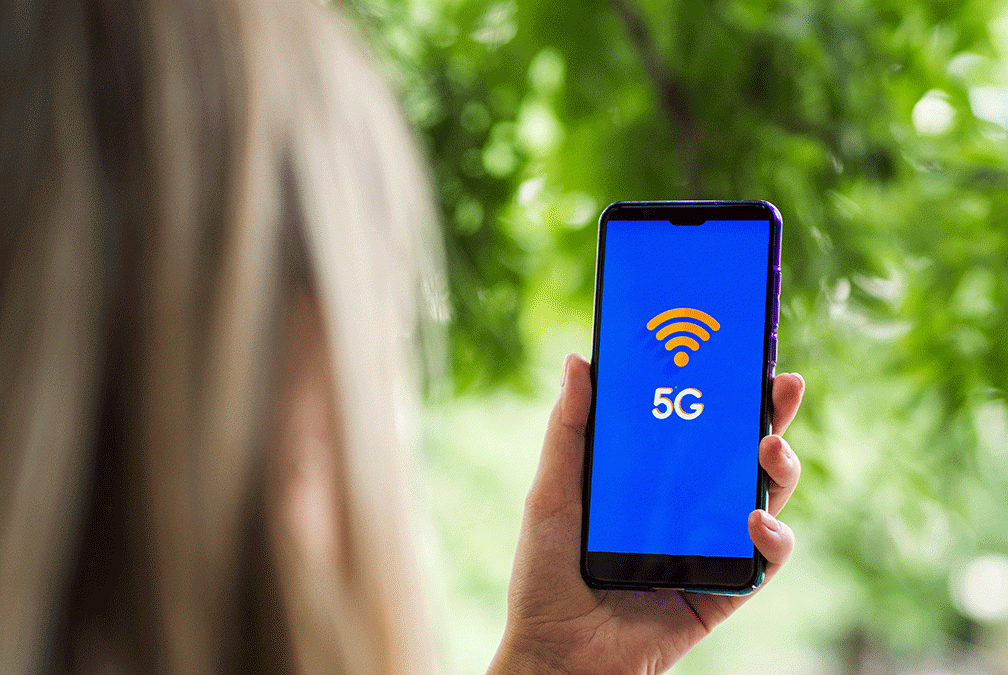We used to only have one option when we became ill and needed medical attention: travel to a doctor or hospital.
5G technologies have the potential to help resolve challenges that healthcare organizations meet with the growing demands of digital transformation. But the biggest bonus in the UK could come from filling the widening gaps in healthcare coverage.

Quickly transmitting large imaging files
MRIs and other image machines are typically very large files, up to 1 gigabyte of information per patient per study, and often must be sent to a specialist for review on the other side of the city. When the network is low on bandwidth, the transmission can take a long time and stretch until after hours. This means the patient waits even longer for treatment and providers can see fewer patients in the same amount of time. Adding a high-speed 5G network to existing architectures can improve both access to care and the quality of care.
Expanding telemedicine
Telemedicine requires a network that can support real-time high-quality video, which often means wired networks. With 5G, healthcare systems can enable mobile networks to handle telemedicine appointments to greatly increase the reach of the program to rural areas. Current telemedicine solutions struggle with latency and quality of image which in return creates loss of trust. Neurology doctors look for micro ticks in patients’ faces, which are crucial in monitoring their condition, but with low signal the assessment becomes almost impossible. When healthcare systems utilize 5G, patients can often get treated sooner and have access to specialists otherwise not available. It can also allow doctors and other staff members to collaborate more efficiently.

Improving AR, VR and spatial computing
While augmented reality (AR), virtual reality (VR) and spatial computing are already being used in healthcare on a limited basis, 5G may eventually further enhance a doctor’s ability to deliver innovative, less invasive treatments. Among 5G’s many ultimate potential applications, some of the most exciting involve its role in simulating complex medical scenarios and enabling alternative treatments for the critically ill. The goal is to reduce pain and anxiety for terminally ill patients in hospice by providing calming, distracting content via 5G-enabled AR and VR.

Artificial intelligence
Many key healthcare functions are beginning to use artificial intelligence (AI) to determine potential diagnoses and decide on the best treatment plan for a specific patient. Additionally, AI can help predict which patients are more likely to have post-operative complications, allowing healthcare systems to provide early interventions when necessary. The large amounts of data needed for real-time rapid learning require ultra-reliable and high-bandwidth networks. Additionally, providers often need to access data from their mobile devices. By moving to 5G networks, healthcare organizations can use the AI tools they need to provide the best care possible – from wherever they are in the hospital or clinic.
By enabling all these technologies through 5G networks, healthcare systems can improve the quality of care and patient experience, reduce the cost of care, and literally offer series of life-changing solutions. Instead of only reacting to patients’ conditions, 5G networks can give providers the ability to provide more personalized and preventive care – which is the reason many healthcare employees became providers in the first place.


Recent Comments